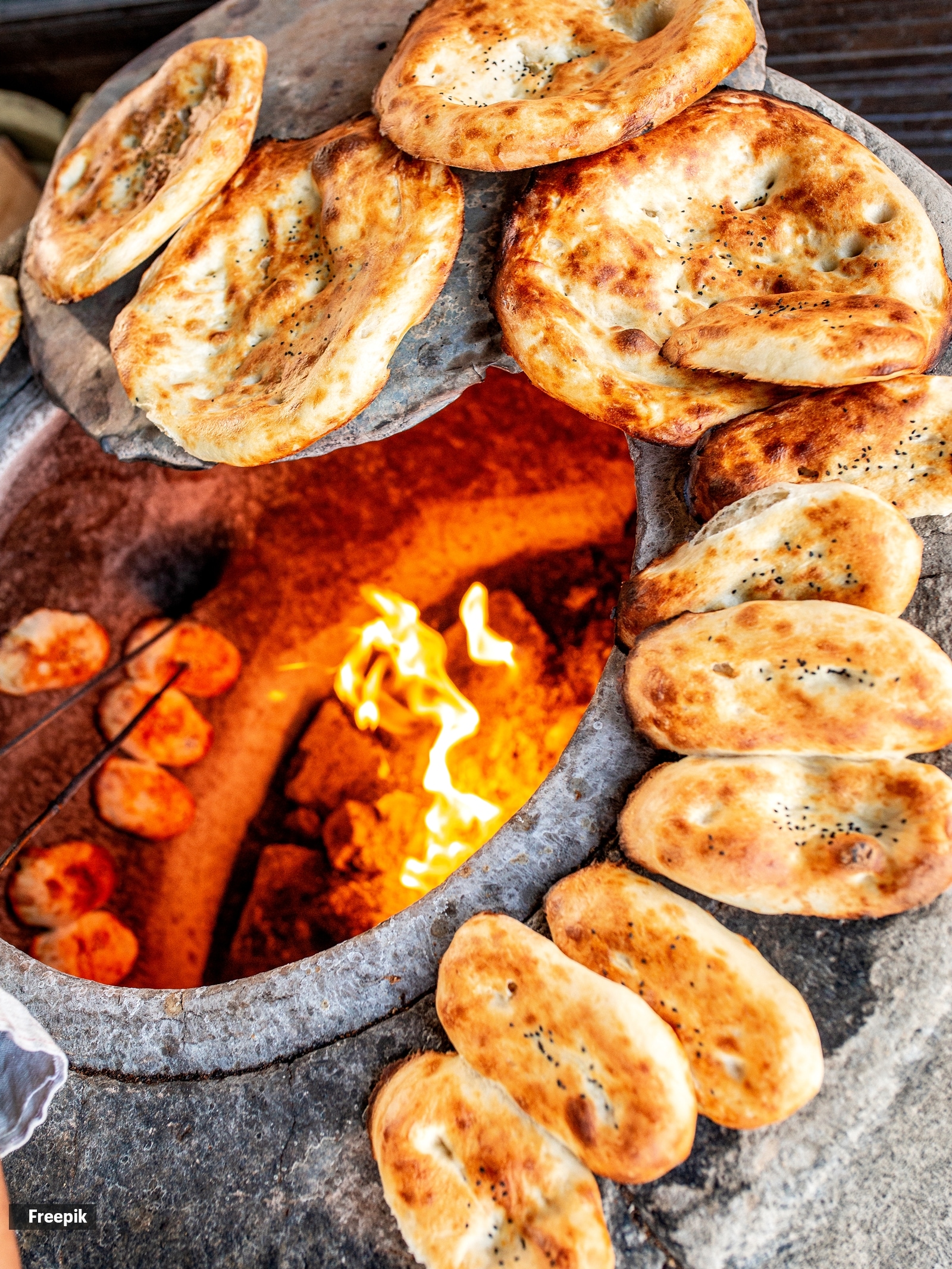📣 For more lifestyle news, click here to join our WhatsApp Channel and also follow us on Instagram
Why you should never ‘tamper’ with your chicken: A glossary of Indian cooking techniques
When even food show producers confuse tempering with tampering, here’s a glossary to set things right.
 How many of these cooking techniques have you experimented with? (Photo: Freepik)
How many of these cooking techniques have you experimented with? (Photo: Freepik)A while ago, I was scripting a food and travel show for an international TV channel and had written a line for the chef to say: “After tempering the chicken, add some salt.” The script came back with a few minor edits from the producer, but one stood out. The word “temper” had been struck out and replaced with “tamper”.
I wasn’t sure why the producer wanted the chef to tamper with the chicken, but when I corrected it back to “tempering,” it was returned with the word changed again. That’s when it struck me: even food show producers sometimes don’t know the basics of cooking. So, what do you expect from the average viewer?
I once narrated this to a friend with a refined palate, who, after laughing at my story, asked me: “But what is tempering?” That’s when it dawned on me—just as I find abbreviations like KOFs or ULIPs confusing, others find cooking terms equally bewildering. Which is why I’ve put together a glossary of Indian cooking techniques you’re likely to encounter in a menu, cookbook, or conversation.
Tempering (Tadka, Chaunk, Phoron)
Tempering is the process of heating oil, ghee, or butter (always add a dash of oil when heating butter so it doesn’t burn) and adding spices so they splutter and release their flavours before other ingredients go in. In India, it’s called tadka, bagar, or chownk, depending on the region.
Some regions use mustard seeds/rai and whole garam masala, while others add curry leaves or panch phoron (Bengali five-spice) at the very end, especially for dals. Typically, at least two to three ingredients are used for tempering—cinnamon, coriander seeds, cardamom, bay leaves, cloves, dried red chillies, mustard seeds, caraway, or nigella seeds.
Dum Pukht
If you’ve seen “dum pukht chicken” on a menu and wondered what it means, thank the Mughals. Dum means “to breathe” and pukht means “to cook”. It’s a slow-cooking process where marinated vegetables or meat are tempered, sautéed, sealed in a deep pot with dough, and left to cook for hours (sometimes overnight). This is still very common in Hyderabad.
Traditionally done over coal, this method infuses food with a unique smokiness. There’s also theatre in the presentation: the server cracks open the dough seal at the table, releasing a rush of aromatic steam.
Dum (Steaming)
A simpler cousin of dum pukht, dum refers to cooking food in a tightly covered vessel, allowing no air to escape. Always done on a low flame, this technique is perfect for biryanis or slow-cooked meat dishes.
Tandoor (Roasting)
 Pro tip: If you see a tandoor chef with hairless arms, it’s because the heat singed it off long ago. (Photo: Freepik)
Pro tip: If you see a tandoor chef with hairless arms, it’s because the heat singed it off long ago. (Photo: Freepik)
The tandoor is a clay oven, typically wood- or coal-fired, most commonly found in North India. It’s the birthplace of tandoori rotis, naans, kebabs, and more. Marinated meats, paneer, and vegetables are skewered and cooked inside, with the hot clay and coal imparting their signature smoky flavour.
Pro tip: If you see a tandoor chef with hairless arms, it’s because the heat singed it off long ago.
Bhuno (Kosha)
Bhuno (pronounced bhoono) or the Kosha process, refers to slow sautéing on a low flame, often without the addition of water. It’s used especially for meat, where onions and tomatoes break down and release moisture, allowing the meat to cook in its own juices while slowly caramelising.
Dhuanaar (Dhungar)
This is the art of smoking food with coal. A piece of red-hot coal is placed on foil or in a small bowl inside the pot of cooked food, oil or ghee is poured on it, and the pot is covered immediately so the smoke infuses the dish. Perfect for dals, curries, raita—and of course kebabs.
Bhaap (Steaming)
Known as bhapa in Bengal, this method is similar to pot-in-pot steaming, also known as a double boiler. Idlis, dhokla, and banana-leaf fish parcels are prepared in this manner. Modern kitchens often use bamboo or steel steamers, but traditionally, special perforated utensils were used over boiling water.
Talna (Frying)
Talna is deep-frying. Historically, it helped preserve food during travel. Today, it’s synonymous with comfort—pakoras, samosas, puris. Few things lift the soul like something hot out of the oil.
Balchao
A Goan favourite, balchao is a pickling-cum-cooking method ideal for hot, humid climates. Seafood or vegetables are pickled in a mixture of vinegar, red chilli, garlic, and spices, left to ferment, and then cooked down to a thick, tangy preparation. Prawn balchao with rice or bread is a small-portion delicacy—intensely flavoured, deeply satisfying.
Now that you have mastered every cooking technique possible and will no longer tamper with your chicken, next week I’ll be writing about whether you should eat your pizza with a fork and knife, and whether it’s sacrilege to eat without cutlery.
📣 For more lifestyle news, click here to join our WhatsApp Channel and also follow us on Instagram



- 01
- 02
- 03
- 04
- 05

























